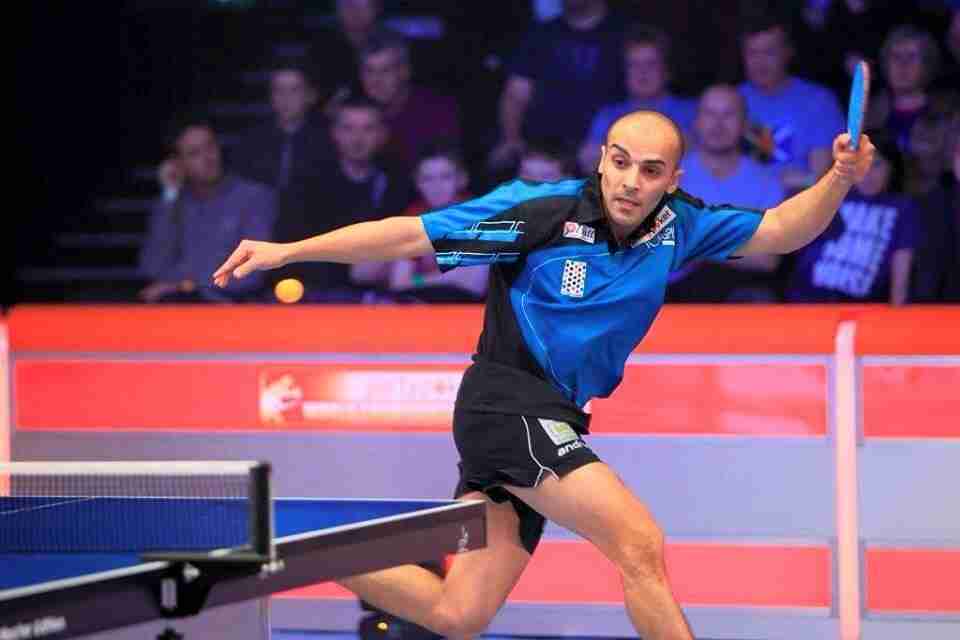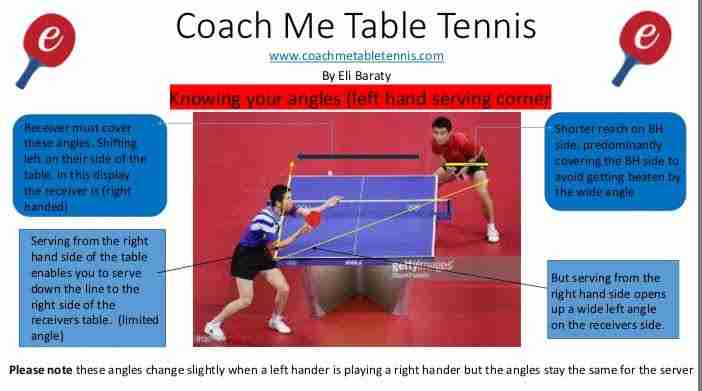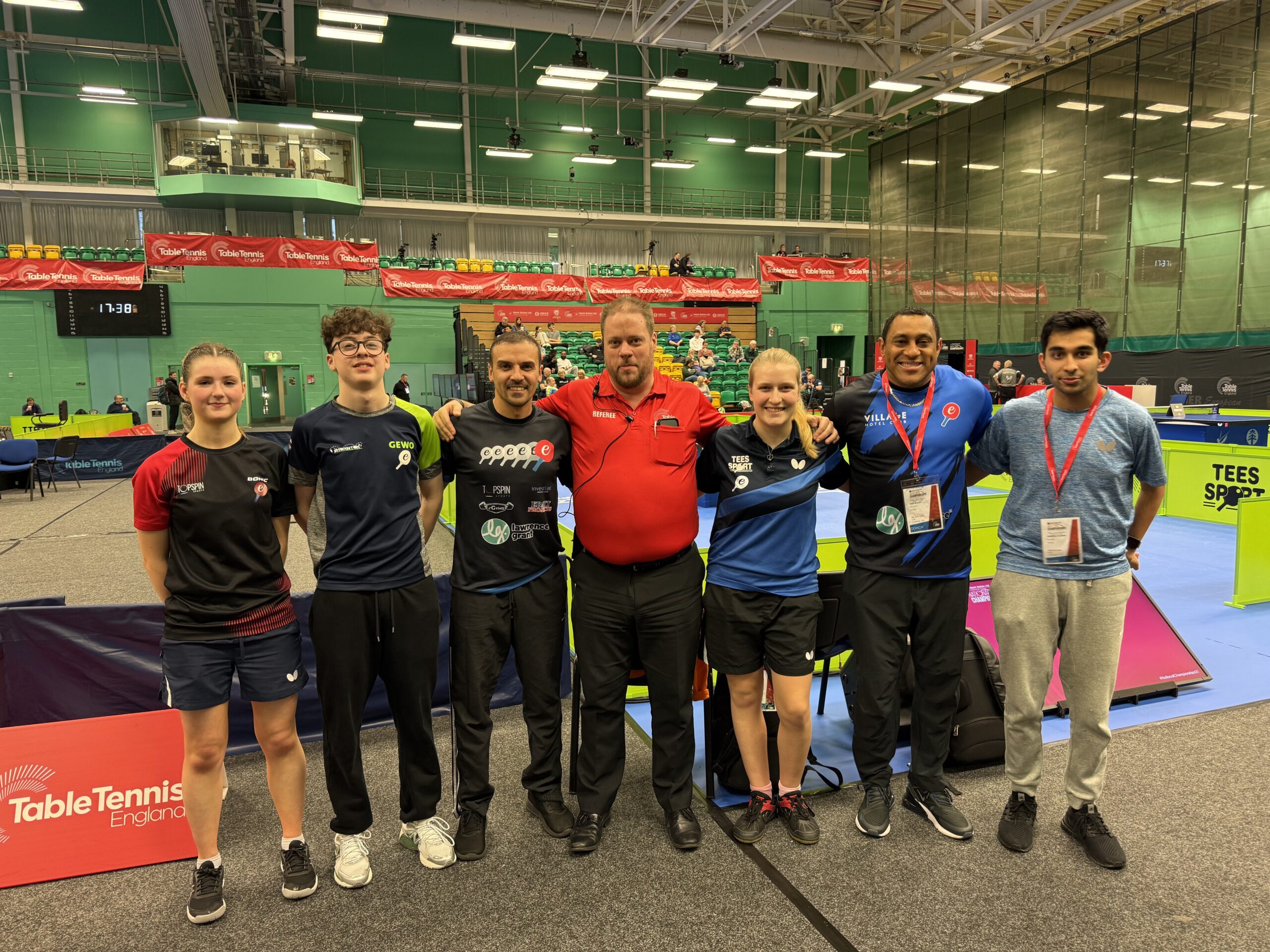
Table Tennis Short Game
When I began playing all I knew was serve and bomb any ball that came my way. Many said you need to develop your table

When I began playing all I knew was serve and bomb any ball that came my way. Many said you need to develop your table

Have you ever asked yourself, how important is a table tennis rally? We all love having a long table tennis rally and of course, winning the

The modern table tennis game seems to have forgotten about the forehand flick! Table tennis like any sport which has a core selection of shots

Players often ask me how can I improve my table tennis game? The simple answer I enjoy giving “hire me as your coach” lol. Improve

If you want to win there’s no better way than developing your table tennis serve I am often asked about my table tennis serve! but the most

The most important shot in Table Tennis is the same as most sports, it’s the first shot! Serve or Return The first shot is the







eBaTT – Table Tennis Centre
Our Table Tennis Club is a dedicated table tennis centre based in North West London. We provide and cater for anyone and everyone. This includes; table hire, group coaching, adult coaching, service & receive clinics, senior citizen coaching, open club play, tournaments, events, ping pong birthday parties and we pride ourselves on being welcoming and friendly to all.
We are open 7 days a week offering a huge variety of open & closed, coaching & non-coaching group sessions
Get the latest updates by providing your email to us and thus becoming a subscriber to our newsletters, (once a month).